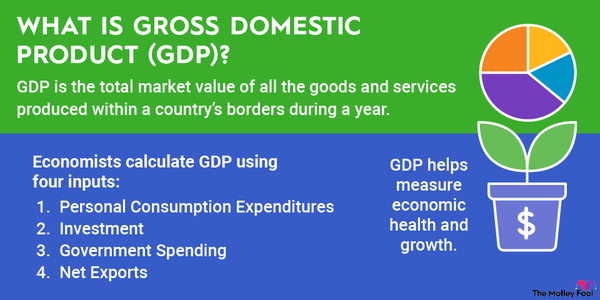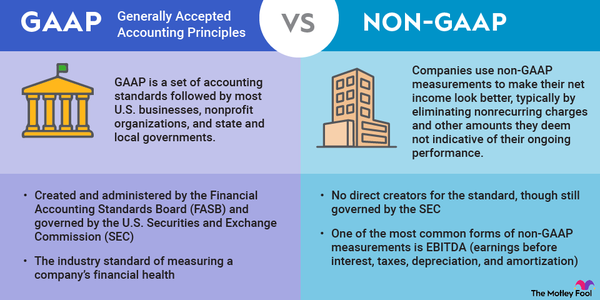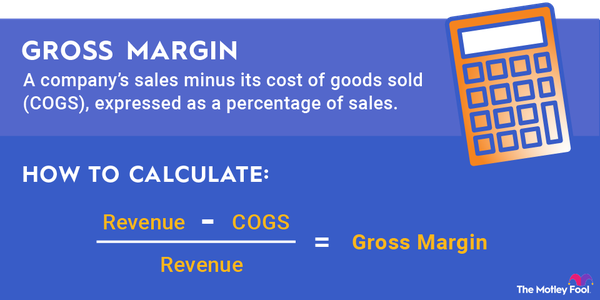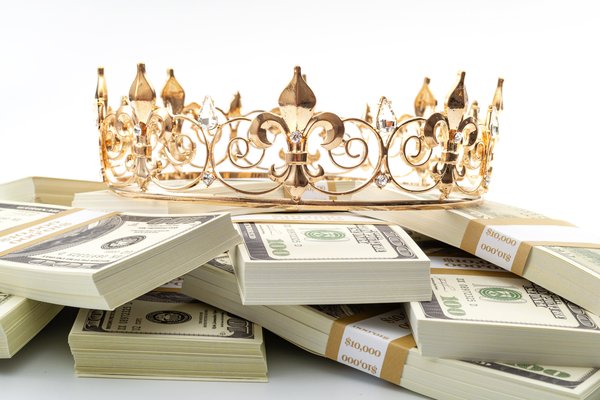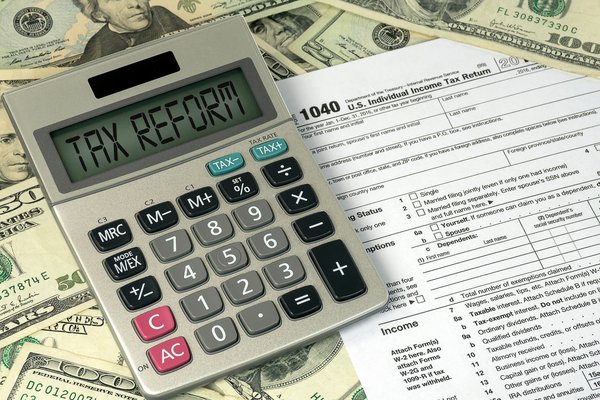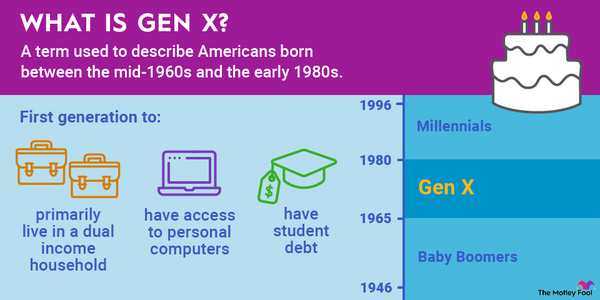Where to put your retirement money can be a huge decision, especially if you're looking for an investment a little off the beaten path. When stocks and bonds aren't what you're after, a gold individual retirement account (IRA) might be the solution you didn't even know existed.

Gold IRA defined
What is a gold IRA?
A gold IRA is a special type of IRA that can hold specific precious metals, including gold and precious metals-related securities. They can be set up as traditional IRAs or as Roth IRAs. However, they must go through a special custodian because the issuer is required to purchase the physical gold and other metals, put them into the account, and store them in an accessible location.
Other than the requirement for a special custodian, a gold IRA is pretty much identical to other IRAs. However, due to the very specialized custodians and extra work involved, you may incur additional fees, so be sure to review and compare those carefully before choosing your gold IRA.
Types of gold IRAs
Types of gold IRAs
Gold IRAs are very similar to other IRAs and offer three options:
- Traditional gold IRAs. Traditional gold IRAs are tax-deferred because, like all traditional IRAs, they're funded with pretax dollars. So, you can expect to pay taxes on your withdrawals.
- Roth gold IRAs. Because you fund Roth IRAs with after-tax money, you don't have to worry about paying taxes when you withdraw your funds. However, your IRA may grow more slowly since your smaller contributions won't grow as quickly over time.
- SEP gold IRAs. SEP IRAs are available only to self-employed people and behave much like traditional IRAs. You pay tax only on your withdrawals and are limited to 25% of your income as a contribution or $69,000, whichever is less, in 2024.
How to open a gold IRA
How to open a gold IRA
Fortunately, it's just as easy to set up a gold IRA as any other IRA -- the hard part is finding a custodian or financial institution to handle it. So, before you get too far ahead of yourself, start by asking your bank or financial advisor for a referral to someone capable of handling the specialized paperwork involved. Sometimes, you'll find that your familiar financial circle also does gold IRAs.
Once you've found someone to take care of your gold IRA, you'll set it up much like any other IRA. You'll need to decide what type of IRA you want, review the fees and paperwork, and establish things like beneficiaries and a method for making deposits.
If you're working with unfamiliar financial advisors, make sure you shop around. Gold IRAs can be pretty expensive, so it's important to know what you're getting for your money.
What can you put into gold IRAs?
What can you put into a gold IRA?
Just because they're technically "precious metal IRAs" doesn't mean you can hold just anything in a gold IRA. The IRS has established specific rules about the types and purity of metals that can be held in a gold IRA.
Related investing topics
Gold in a gold IRA must be at least 0.9950 pure, silver must be 0.9990 pure, and both platinum and palladium must be at least 0.9995 pure. This requirement ensures the precious metals you hold will be a safe and secure investment over time.
You can also hold certain types of coins minted in the above-mentioned metals, including American eagle coins, uncirculated gold buffalo coins, Canadian maple leaf coins, Australian kangaroo coins, Isle of Man noble coins, Mexican Libertad coins, and Australian kookaburra coins. Even if graded or certified, collectible coins are not generally allowed in a gold IRA.






